South America isn’t just a continent—it’s nature’s playground cranked up to eleven. From towering peaks that scrape the sky to jungles that swallow explorers whole, this massive landmass serves up adventures that make your average vacation look like a grocery run. Whether you’re the type who gets a rush from staring death in the face or someone who just wants to push their limits well beyond comfort, South America delivers experiences that’ll have you questioning everything you thought you knew about adventure travel.
Here’s a list of 16 extreme adventures that showcase why South America remains the ultimate destination for thrill-seekers and adrenaline junkies from around the globe.
Death Road – Bolivia

Bolivia’s Yungas Road earned its nickname the hard way, claiming thousands of lives over the decades. This 40-mile stretch of narrow, unpaved terror winds down from La Paz at 12,000 feet to the Amazon rainforest below, with drops of over 2,000 feet and no guardrails—just a sheer drop if things go wrong.
Mountain bikers now flock here for the ultimate downhill rush, trading safety for the kind of stories that make people go pale at dinner parties.
Mount Aconcagua – Argentina

Standing at 22,837 feet, Aconcagua holds the title of the highest peak outside Asia, and it doesn’t hand out summit certificates easily. The mountain’s notorious for its unpredictable weather that can shift from calm to life-threatening in minutes, while the altitude hits climbers like a freight train.
Most attempts end short of the summit, but those who make it to the top join an exclusive club of people who’ve stood on the roof of the Western Hemisphere.
Like Travel Pug’s content? Follow us on MSN.
Angel Falls – Venezuela
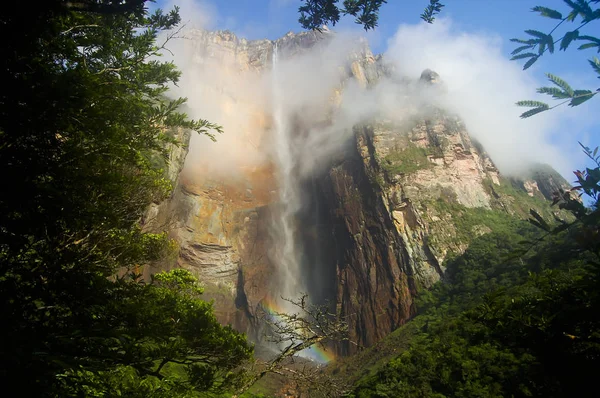
Venezuela’s Angel Falls doesn’t just hold records—it obliterates them with a 3,212-foot drop that makes Niagara look like a garden sprinkler. Getting there requires flying into remote Canaima National Park, then navigating rivers by dugout canoe through territory where jaguars, at least in theory, outnumber tourists.
The falls create their weather system, and standing at the base feels like witnessing the planet show off its most dramatic party trick.
Cotopaxi Volcano – Ecuador

Ecuador’s Cotopaxi looks deceptively beautiful until you realize you’re planning to climb an active volcano that’s blown its top more than 50 times in recorded history. The 19,347-foot peak combines technical mountaineering with the constant awareness that the mountain could explode while you’re on it.
Climbers start their summit push at midnight, racing against both daylight and the mountain’s unpredictable moods.
Torres del Paine Circuit – Chile
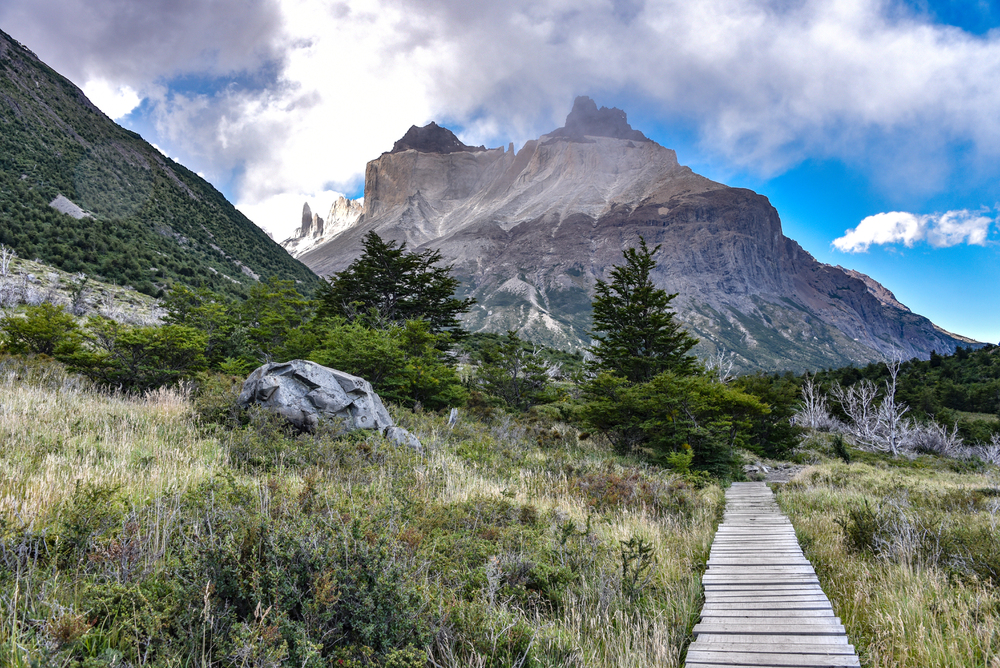
Patagonia’s Torres del Paine serves up weather that changes faster than a teenager’s mood, with winds strong enough to send tents airborne. The full circuit covers 80 miles of terrain where you’ll encounter everything from glacial rivers to granite spires that look like they were designed by an angry god.
Hikers regularly get pinned down for days by storms that turn the landscape into something resembling an alien planet.
Like Travel Pug’s content? Follow us on MSN.
Atacama Desert Crossing – Chile

The Atacama Desert makes Mars look hospitable, holding the record as the driest place on Earth, where some weather stations have never recorded rainfall. Temperatures swing from scorching days to freezing nights, while the altitude sits high enough to make every breath feel precious.
Adventure racers and ultra-marathoners use this moonscape to test limits that shouldn’t technically exist in human endurance sports.
Huacachina Oasis Sandboarding – Peru
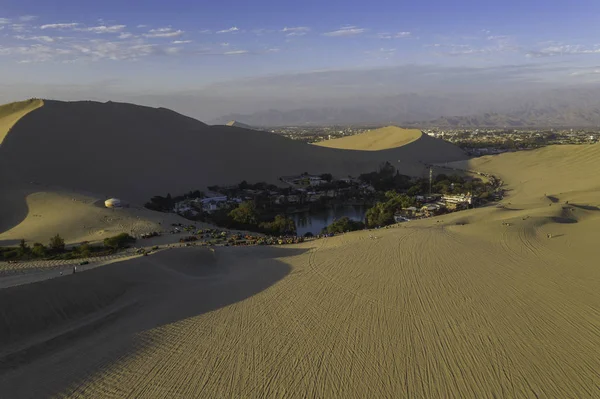
Peru’s Huacachina Oasis transforms into an extreme sports playground where sandboarders rocket down dunes that rise over 500 feet above the tiny lagoon. The sand moves and shifts constantly, creating new challenges and eliminating familiar landmarks faster than you can say ‘wipeout.’
Unlike snow, sand doesn’t forgive mistakes gently—it strips skin and leaves you finding grit in places you didn’t know existed that takes weeks to evacuate fully.
Patagonian Ice Field Expedition – Chile
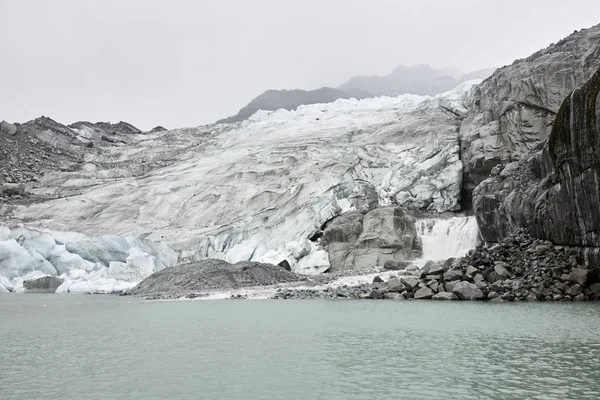
The Southern Patagonian Ice Field stretches for 200 miles of crevasse-riddled glacier terrain where GPS units become suggestions rather than reliable navigation tools. Expeditions here require serious mountaineering skills because falling into a crevasse means disappearing into a blue void that might not have a bottom you can survive reaching.
The weather systems roll in from the Pacific with the subtlety of freight trains, trapping teams for weeks in conditions that make Antarctic exploration look comfortable.
Like Travel Pug’s content? Follow us on MSN.
Inca Trail to Machu Picchu – Peru

The classic Inca Trail packs 26 miles of ancient stone steps, high-altitude mountain passes, and enough elevation changes to make your lungs file a formal complaint. Dead Woman’s Pass sits at 13,828 feet, where the thin air turns simple walking into a philosophical exercise about the relationship between oxygen and consciousness.
Porters carry massive loads up these same paths daily, making most hikers question their life choices and physical conditioning simultaneously.
Mount Roraima Tepui – Venezuela

Venezuela’s Mount Roraima rises from the jungle like a massive stone table that evolution forgot to update, creating its ecosystem on a summit plateau that’s been isolated for millions of years. The approach requires machete work through dense jungle, then technical rock climbing up vertical walls that offer spectacular views and zero room for error.
The summit exists in permanent cloud cover, creating an alien landscape where carnivorous plants and endemic species make you feel like you’ve climbed into a different geological era.
Salar de Uyuni Speed Trials – Bolivia

Bolivia’s Salar de Uyuni transforms into the world’s largest mirror during the rainy season. Still, during dry months, it becomes a speed demon’s dream with a perfectly flat salt surface stretching beyond the horizon. Land speed record attempts here push vehicles and drivers to limits where the curvature of the Earth becomes the main navigation challenge.
The salt surface is so reflective and featureless that depth perception becomes optional, leading to crashes that happen at speeds where physics lessons become very personal and immediate.
Like Travel Pug’s content? Follow us on MSN.
Tijuca Forest Hang Gliding – Brazil

Rio de Janeiro’s hang gliding sites launch pilots from the Tijuca Forest peaks 1,600 feet above the city, where thermal updrafts create conditions that can either extend flights for hours or slam you into mountainsides without warning.
Pilots navigate between towering granite peaks while dodging commercial aircraft traffic and unpredictable wind shears that turn peaceful glides into high-speed emergency landings. The landing zones sit on crowded beaches where tourists become part of the safety equation.
Colca Canyon Trekking – Peru
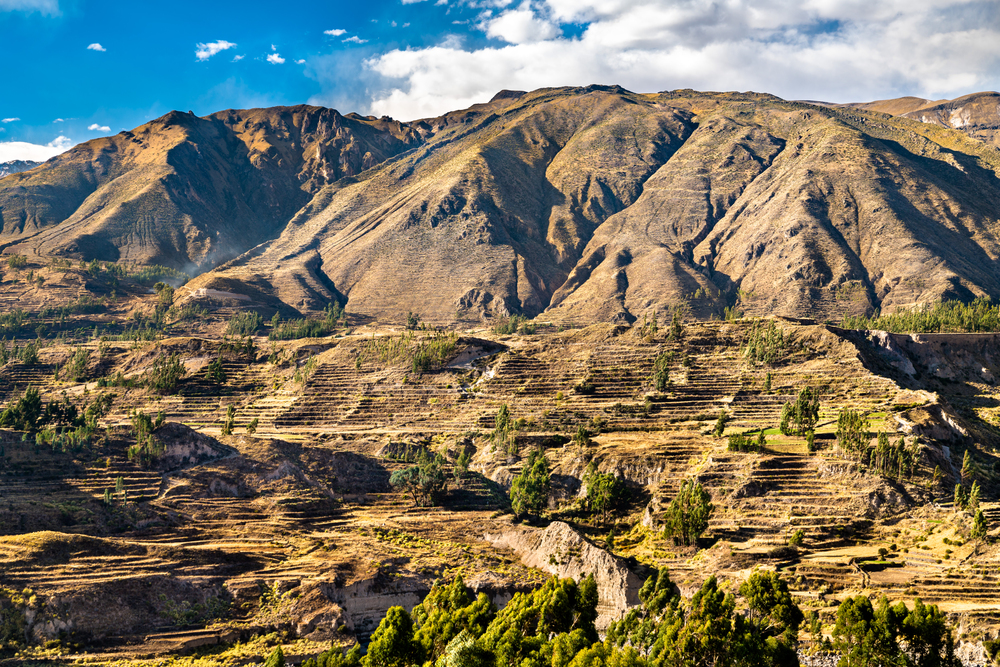
Peru’s Colca Canyon cuts twice as deep as the Grand Canyon, creating a hiking environment where going down is the easy part and coming back up turns into a multi-day cardiovascular examination. The trek drops over 4,000 feet into terrain where condors circle overhead, eyeing hikers who underestimated the climb and underestimated the Andean sun.
Ancient agricultural terraces line the canyon walls, reminding modern adventurers that indigenous peoples managed these extreme conditions without GPS units or emergency beacons.
Laguna Colorada Flamingo Expedition – Bolivia
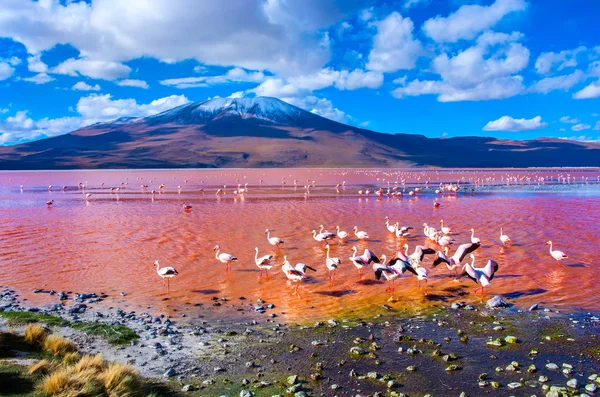
Bolivia’s Laguna Colorada sits at 14,000 feet in terrain so harsh that flamingos become the toughest wildlife in the neighborhood, feeding in water that’s too alkaline for most life forms. Expeditions here battle altitude, temperature extremes, and landscapes that look like they were designed on another planet by someone with a serious mineral fetish.
The lake’s red coloration comes from algae and bacteria that thrive in conditions where most organisms would prefer to file for relocation to somewhere more habitable.
Like Travel Pug’s content? Follow us on MSN.
Cerro Fitz Roy Climbing – Argentina
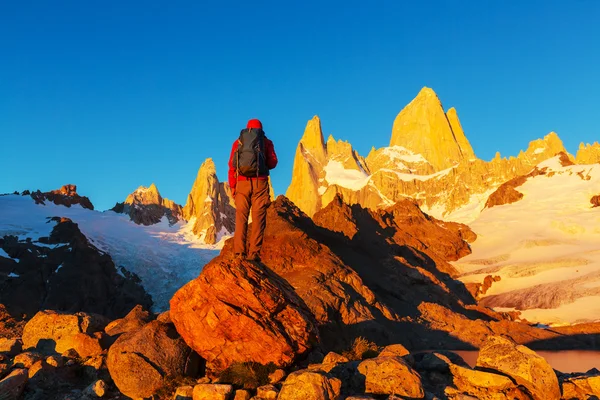
Argentina’s Fitz Roy presents technical rock climbing on granite spires where weather windows last just long enough to make climbers believe they might reach the summit before the next storm system arrives. The mountain creates its weather patterns, with winds that can blow climbers off the rock face and cloud systems that move in faster than most people can pack gear.
Most attempts end in retreat, making successful summits feel like winning arguments with geological forces that have been practicing their craft for millions of years.
Pantanal Wildlife Safari – Brazil

Brazil’s Pantanal becomes the world’s largest tropical wetland during flood season, transforming into a wildlife epicenter camp where jaguars, caimans, and anacondas gather in numbers that make nature documentaries look understated.
Navigation requires boats, vehicles, and occasionally helicopters as the water levels change daily and roads disappear under flood conditions that last for months. Encounters here happen at close range because the animals have nowhere to retreat, creating wildlife viewing that feels more like participating in a nature documentary than watching one.
When Ancient Paths Meet Modern Limits

These South American adventures represent more than just extreme sports—they’re connections to landscapes that have been testing human limits for thousands of years. Indigenous peoples developed techniques and knowledge systems that allowed them to thrive in conditions that still challenge modern adventurers equipped with GPS units, satellite phones, and high-tech gear.
The continent’s geography continues to reshape itself through volcanic activity, glacial movement, and climate patterns that operate on scales beyond human planning. Today’s extreme adventurers follow paths first carved by people who understood that surviving in South America meant respecting forces much larger than individual human ambition.
Like Travel Pug’s content? Follow us on MSN.
More from Travel Pug

- 20 Best Beach Towns in the Carolinas
- 13 Destinations Where Tourists Regularly Regret Their Trip
- 20 Things You Actually Get in First Class
- 20 Small Airports With Aviation Museums
- 20 Places in the U.S. That Are Perfect for a Reset Trip
Like Travel Pug’s content? Follow us on MSN.
